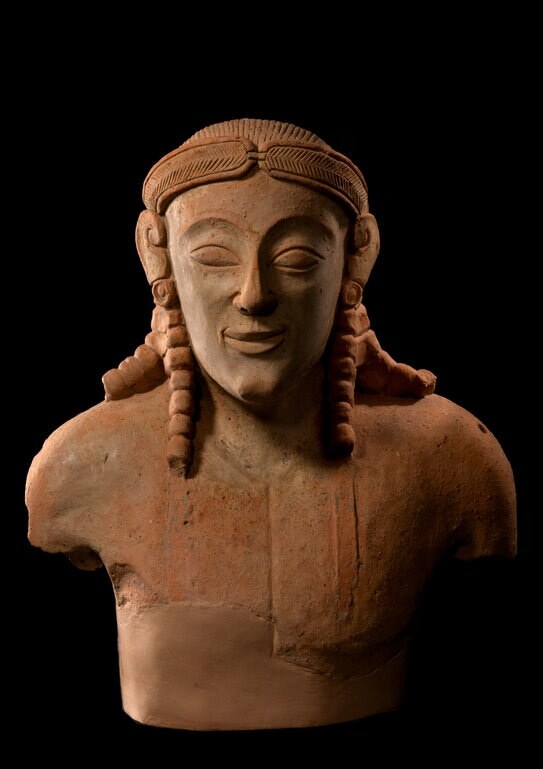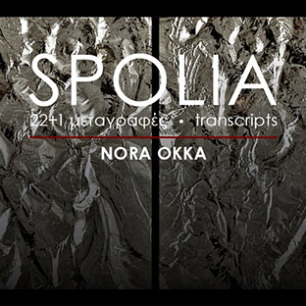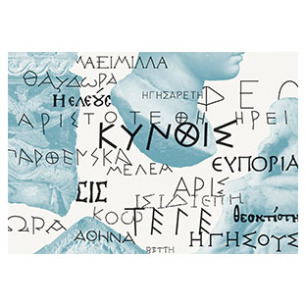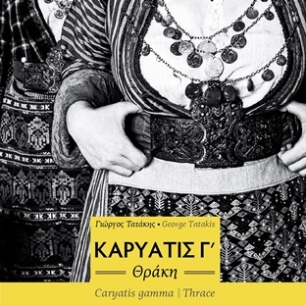EXHIBITIONS
ARCHAEOLOGICAL MUSEUM / HERAKLION
EKATOMPOLIS
The temporary exhibition "EKATOMPOLIS" will be hosted from December 12, 2024 until March 15, 2026 at the Archaeological Museum of Heraklion, Crete.
© HMC/HOCRED. Clay statuette of a young man from the ancient city of Praisos (570 BC). Photo by DeukalionManidakis.
“EKATOMPOLIS” will illuminate the fascinating story of the foundation and development of poleis in Crete during the Archaic period (7th – 5th century BC), which emerged as centres of culture and power, some 500 years after the end of the glorious Minoan world. This is a significant social and political phenomenon, as it seems that Crete was the early site of the development of the political structures and institutions that contributed to the moulding of ancient Greek political identity.
The title of the exhibition, “EKATOMPOLIS”, draws its inspiration from the reference to Crete as the “island of a hundred cities” in Homer’s Iliad. It reflects the variety and dynamism of the archaic cities that shaped the history of the island.
Through an impressive selection of some three hundred archaeological finds, the exhibition highlights these ancient cities, their economic and political development and the material culture and lives of the people who inhabited them. The aim is to bring to fore an aspect of the cultural heritage of Crete which, although important, remains largely unknown to the general public. At the same time, archaeological finds will be presented that testify the contribution of the Cretan cities to the making of the Greek world during the Archaic period.
Many of the exhibits will be presented to the public for the first time, while some will travel to Heraklion from elsewhere in Greece, notably from Cretan museums but also from other museums, such as the Cretan artefacts from the museums of Samos and Delphi. Finds from the cemetery of Faliro will have a special place in the exhibition, specifically those from the group burial of the “Desmotes”. This assemblage was integrated in the museological concept to the exhibition through the Athenian narrative of the Cylonian Affair, which links the Cretan seer and lawmaker Epimenideswith the purifications of the city and also reflects his contribution to the first written Athenian laws. Crete is thus presented as a link between the old unwritten law of geneand myth, and the new written code of laws of the city.



